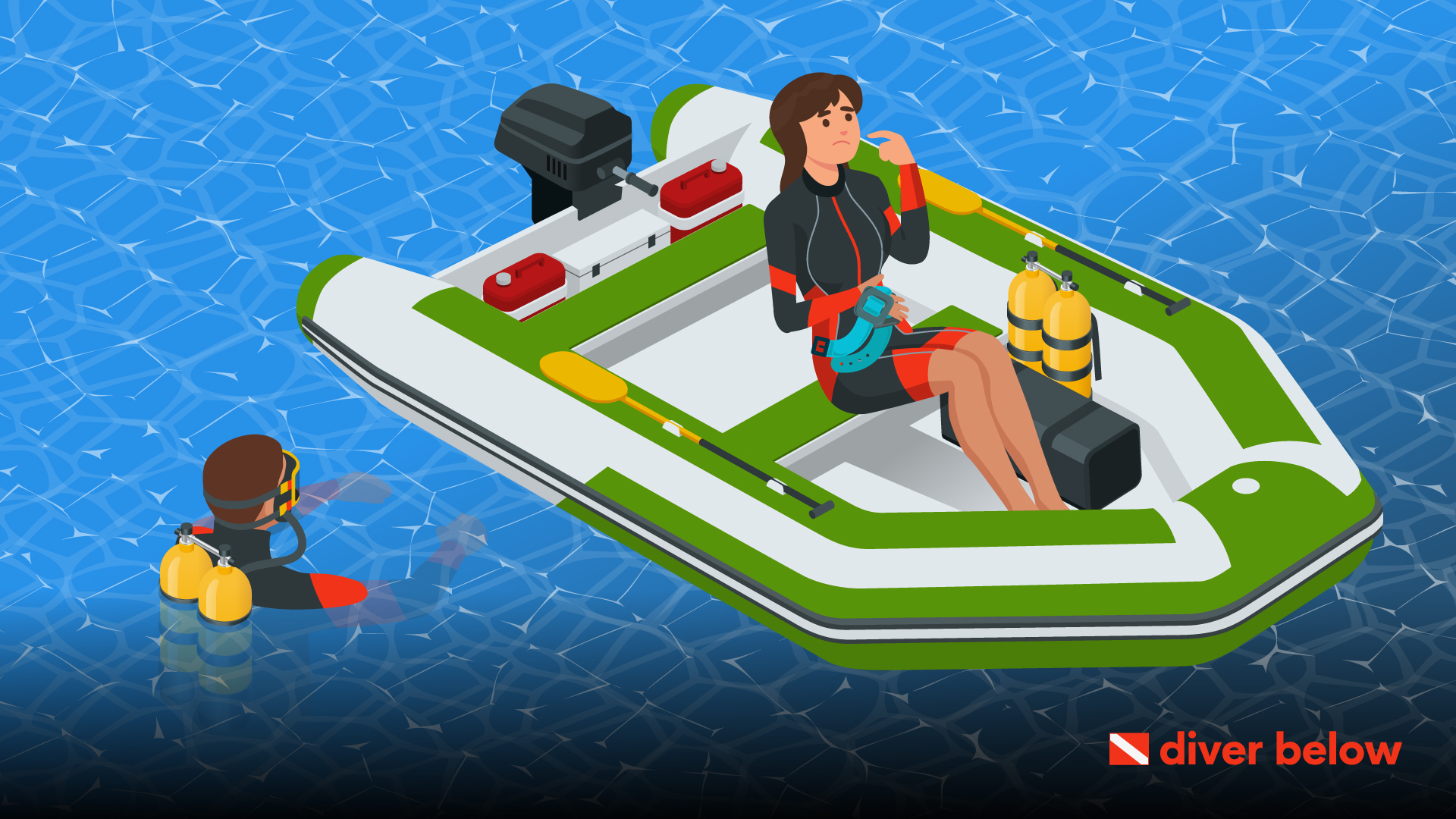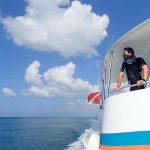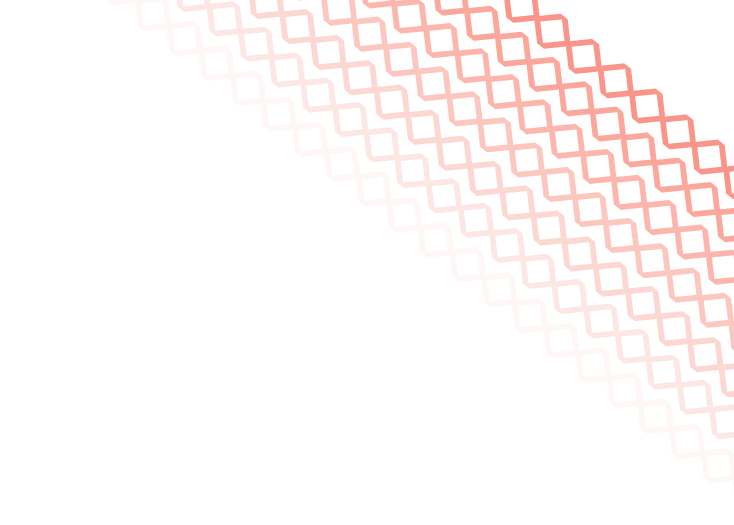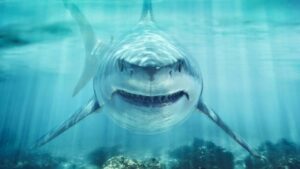As a SCUBA diver, you need added to your equipment to keep a neutral buoyancy.
At a neutral buoyancy, you can float in the water without rising or descending.
This can make your dive easier, more enjoyable, and save you air, meaning you can stay under longer.
But how do you know how much weight to use?
This article will describe using a SCUBA diving weight calculator and find the perfect diving weight for your next adventure.
Contents
Why Calculating Weight is Important
The right amount of weight can make or break a great diving experience.
If your weights are correctly calculated, you’ll have improved air consumption, be more able to hold your position and make smoother ascents and descents.
If your weights are off, it’ll upset your streamlining.
If you have too much weight, your chest will be high with your legs below you.
If you have too little weight, the opposite will happen with your chest low and your legs elevated.
You’ll be kicking your fins just to stay down.
You may need to add or remove weight.
You also need to adjust where your weights are.
You can add weights to your weight belt or the various pockets in your suit to make a weight best suited to your body and how you swim.
Scuba Diving Weight Calculator Tips

Type of Water Matters
When setting up your weights for your dive, you will need to consider the type of water you’re swimming in.
In fresh water, you’ll be less buoyant, and you’ll need less weight.
While in salt water, you’ll need more weight to counteract the effect of the salinity.
Exposure Protection Matters
Contrary to what many people think, the exposure suit you wear on a dive will impact how much weight you need.
The thickness of your wetsuit will also make a bit of difference to the amount of weight you’ll need to account for wet suits.
In cold water, you’re going to need a thicker exposure suit that’s usually more buoyant.
In tropical water, where it’s warmer, your suit will be thinner, and you’ll need less weight.
You may need to adjust your weights by as much as 6 pounds depending on the temperature.
Suggested Resource
The best wetsuits for scuba divers, free divers, snorklers, and swimmers.
Your Tank Becomes Buoyant
A full scuba tank itself will add some weight to your dive.
However, you’ll have to consider that you’ll be using up the air in the tank, which makes it light.
As your dive progresses, your tank will start to pull you up if you’re not weighted against it.
Getting Wet Matters
The best place to test your weights is in the water.
Every dive may have a slightly different environment, and your weights may need to be adjusted accordingly.
Additionally, even if you calculated your weights, you may need slight adjustments once you are in the water.
Check at Your Safety Stop
In most dives, you need to make a safety stop at a descent of 15 meters.
This stop is only for about three to five minutes and is just long enough to allow your body to release built-up nitrogen.
While deeper dives have more safety stops, most recreational dives will only need one.
At your safety stop, you can take a moment to check your gear and see if your weights are still working now that you’re in the water and not just at the surface.
This is the time to make any adjustments, such as changing the position of some of your weights or returning to the surface to add to remove weight if you need to.
Log Changes in Weight Over Time
With constant changes to your own body and changes in the dive environment, it is a good idea to keep a log of the weight you use for different dives.
If possible, also keep track of your equipment used.
For example, what weights did you use with a 7mm cold water suit as opposed to diving in a neoprene drysuit?
Also, keep track of how weights were positioned.
If you keep a log, then when you get ready to dive again, you’ll already have a good idea of how much weight you need, as well as the placements.
Read More
Dive Logging: How it works and how to properly log your dives.
How to do a Buoyancy Check (Without a Scuba Diving Weight Calculator)
A buoyance check should be the first step of any dive once you’re in the water.
If you get in the water while everyone is still getting ready, it is easy to finish a buoyance check while you’re waiting.
There are five steps to a buoyancy check.
- Add your initial weight. We’ll get into the actual calculations later in this article. But the firsts step before even getting into the water is to add the initial weight that you calculated for your dive, given the environment and your equipment.
- Get in the water. As you’re entering the water, you’ll want to stay at the surface for now with a fully inflated BCD.
- Deflate your BCD and take a normal breath. If you have too much weight, you’ll begin to sink. On the other hand, if you don’t have enough weight, you’ll float up. Properly weighted, you’ll stay at eye level.
- Depending on the results of step 3, adjust your weight as needed and try again. Keep repeating steps 3 and 4 until you are correctly weighted.
- As you dive, your tank will become lighter. To counter this, add about another 4 lbs.
Bonus step: Remember to log your weight in your logbook.
Scuba Diving Weight Calculation
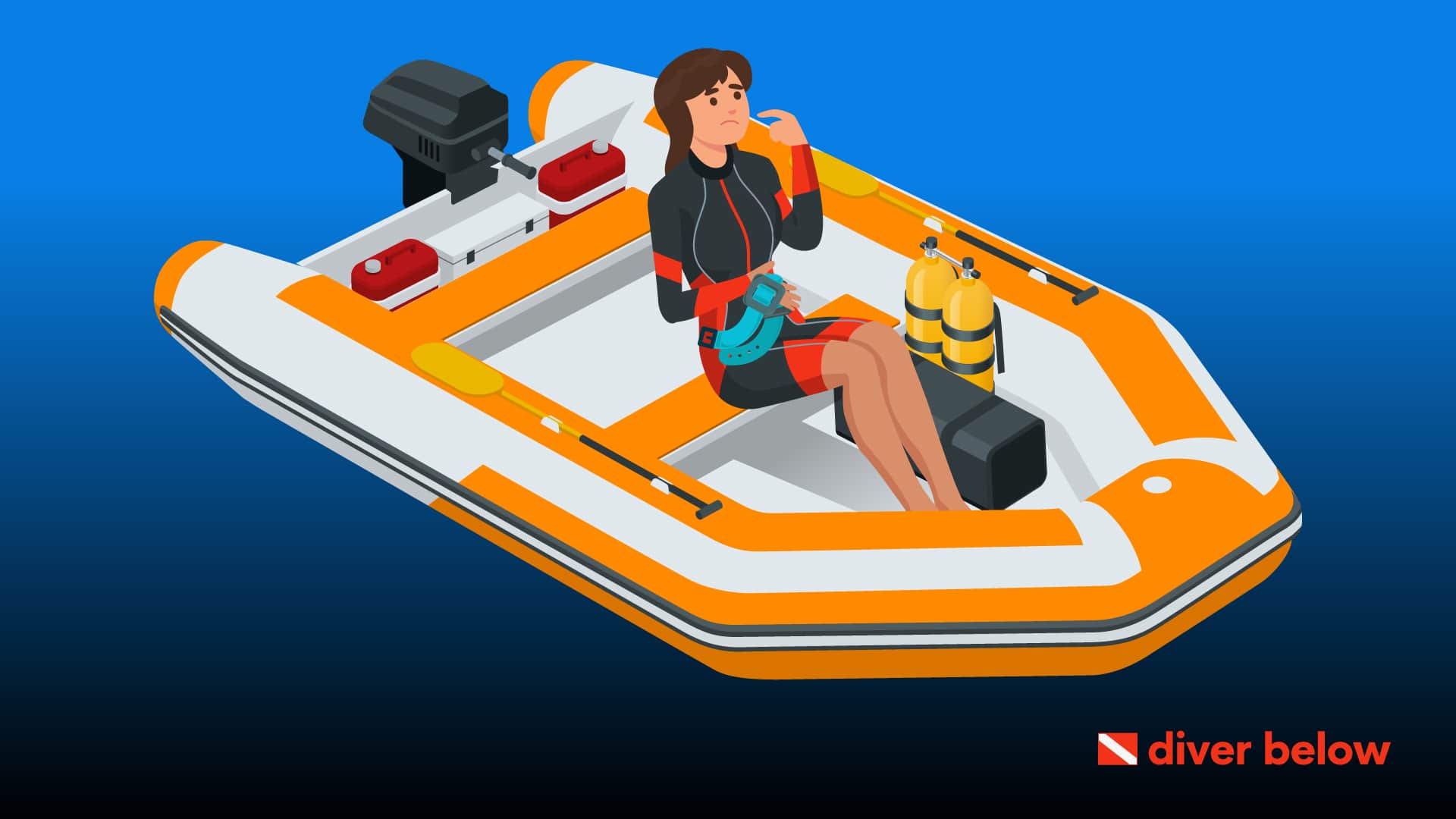
Crude Method
The simplest method to calculate the weight requirement you need is to find 10% of your body weight.
This method assumes that you’re using a 5mm wetsuit.
Slightly More Accurate Method
This method includes using a buoyancy check.
While you’re still at the surface, load enough weight to float at eye level and then add 4 lbs.
Perfect Weight Calculation
This weight calculation will be done at the end of a dive.
The idea is to have no air in your BC and 50 bar of air left in your tank.
Also, you need to stay at a depth of at least 1 meter.
The first step once you’re in position is to get your tank to 50 bar.
If you have more than 50 bar, just use your Octopus second-stage regulator to remove some air.
As you would with a buoyance check, relax and breathe normally.
Dump the air out of your BCD.
You will need to make sure all the air is removed.
As some air can get trapped in the BCD, feel behind your head to make sure all of the air is released.
If a bubble of air remains, simply lean back and hold your exhaust valves to the surface.
Air bubbles will mean any remaining air is leaving.
At this point, as you fill your lungs, you should rise slightly when you inhale and sink slightly as you exhale.
A diving partner can then help you add and remove extra lead as needed to obtain perfect neutral buoyancy.
Use a Calculator
Lastly, you can find a dive weight calculator online.
A SCUBA weight calculator will give you the option to include your weight, experience, suit specifications, and water type to find the most accurate weight needed before you ever hit the water.
Conclusion
The perfect diving weight can improve your dive in so many ways.
From novice to expert, it’s worth it to take the time to find the right diving weight for you.
Visit Diver Below for more information on diving, snorkeling, and swimming.
